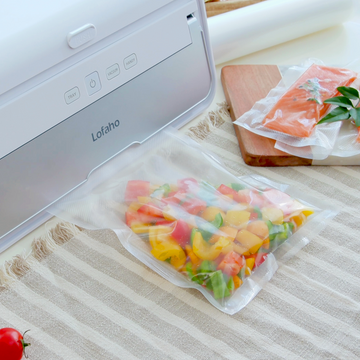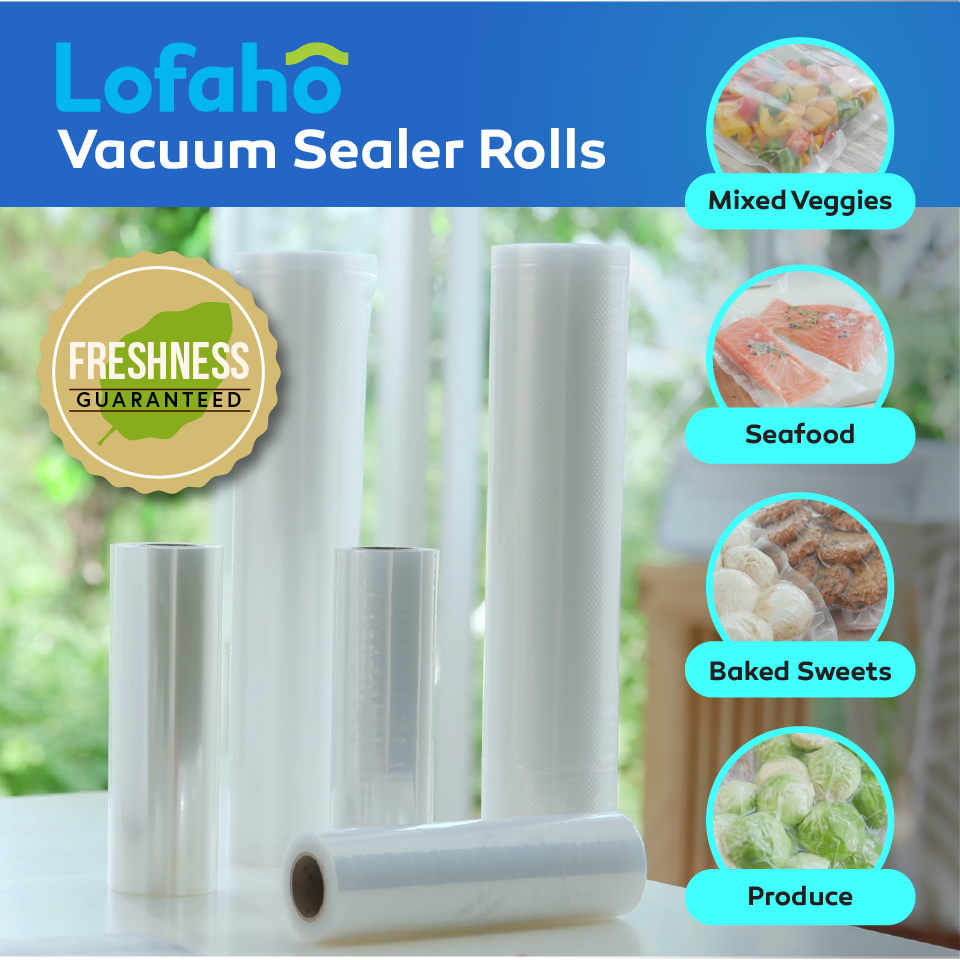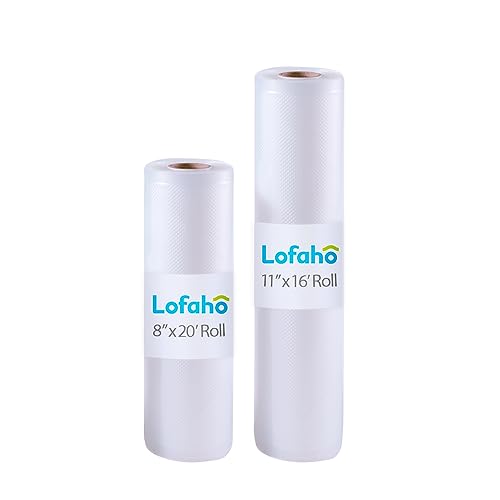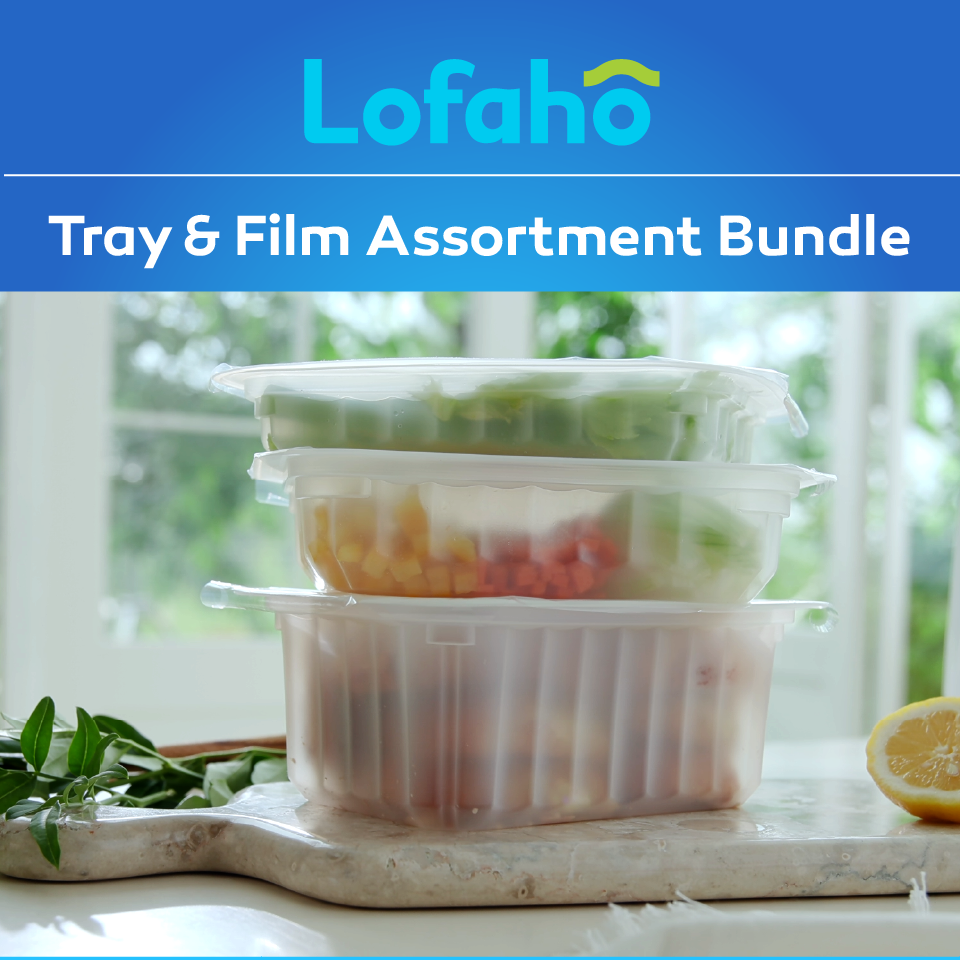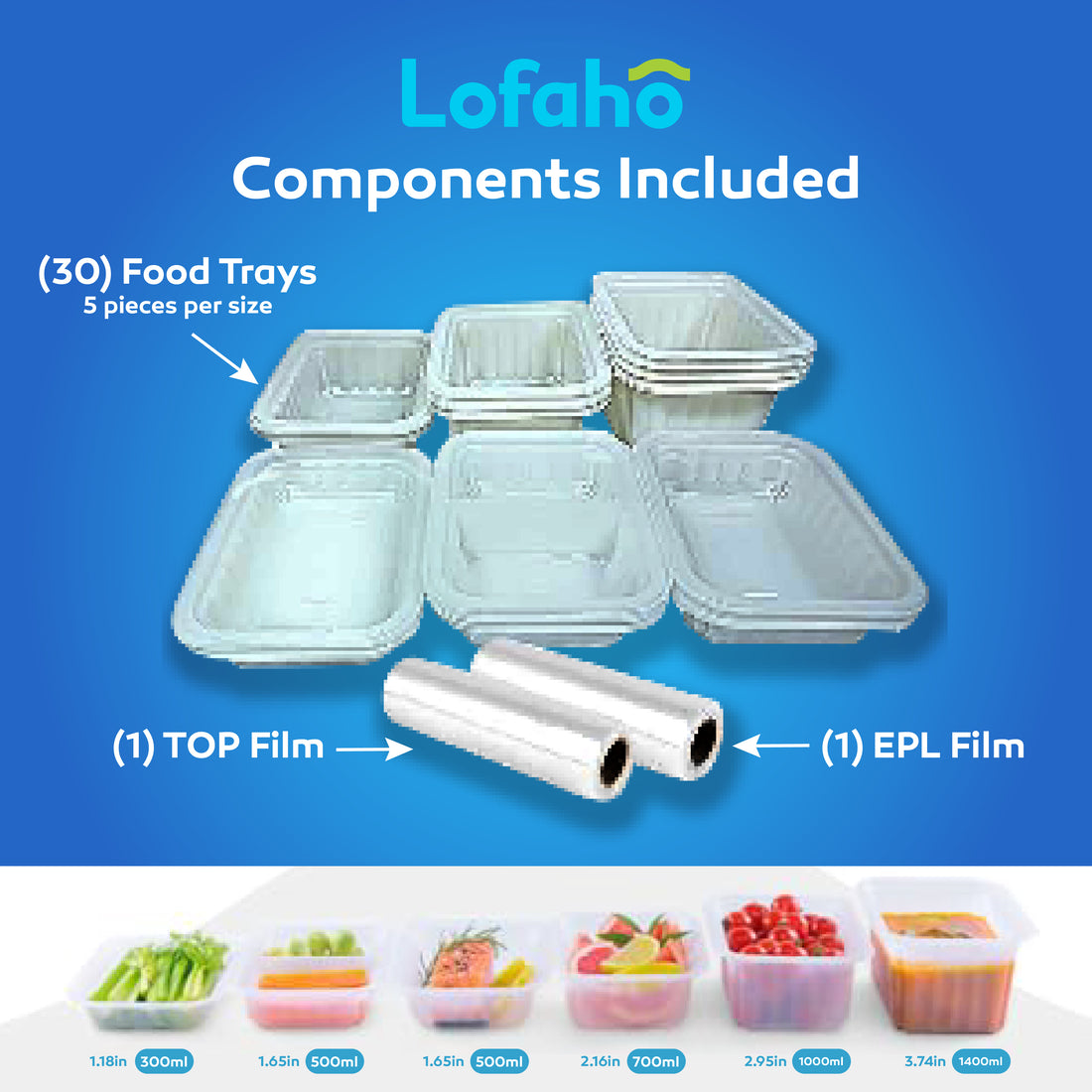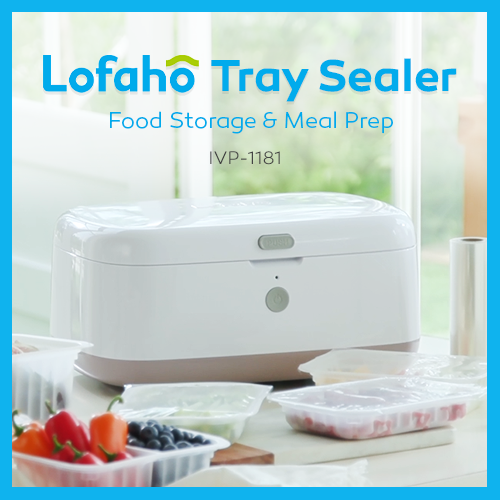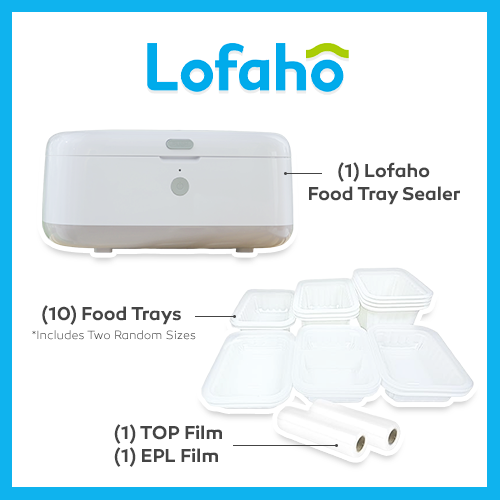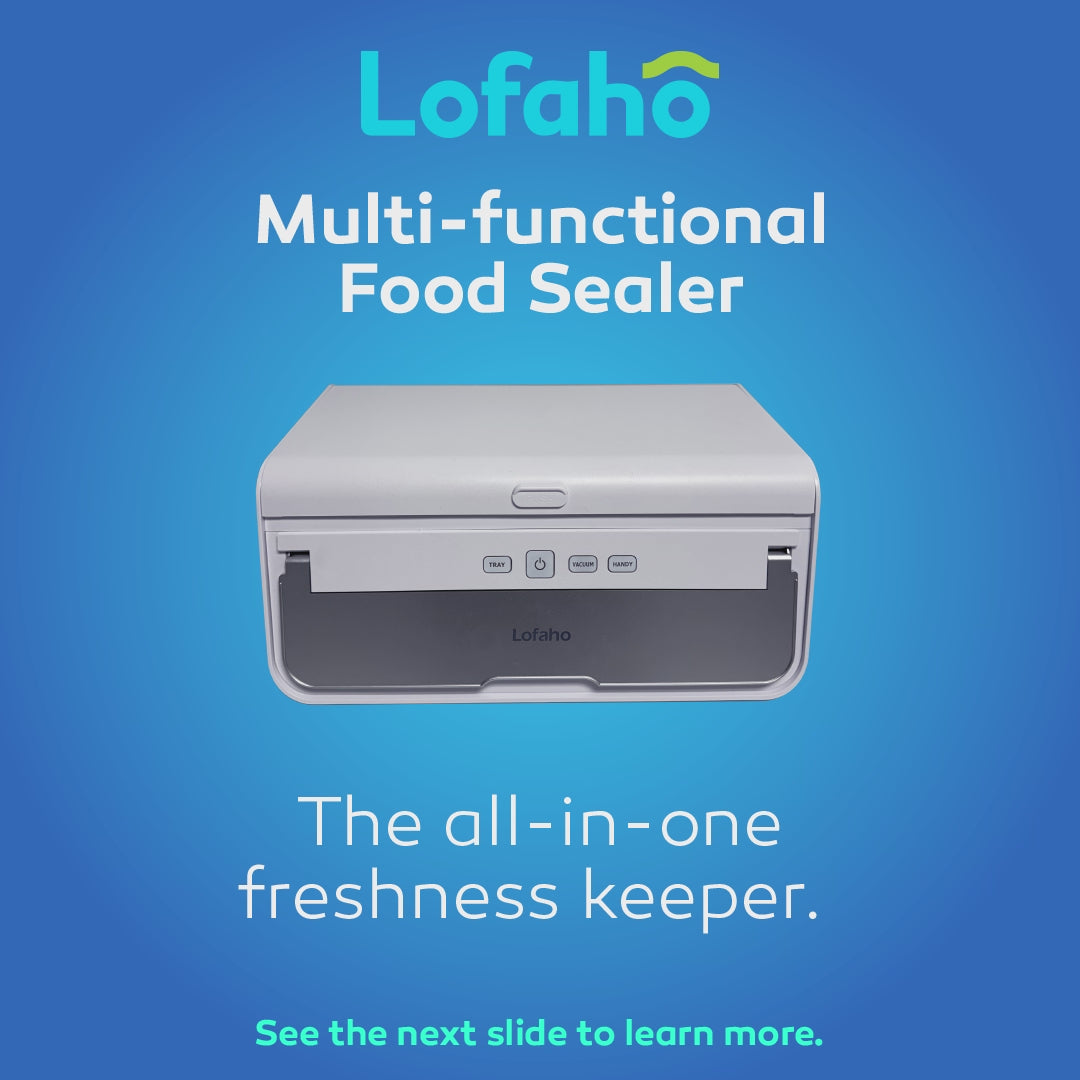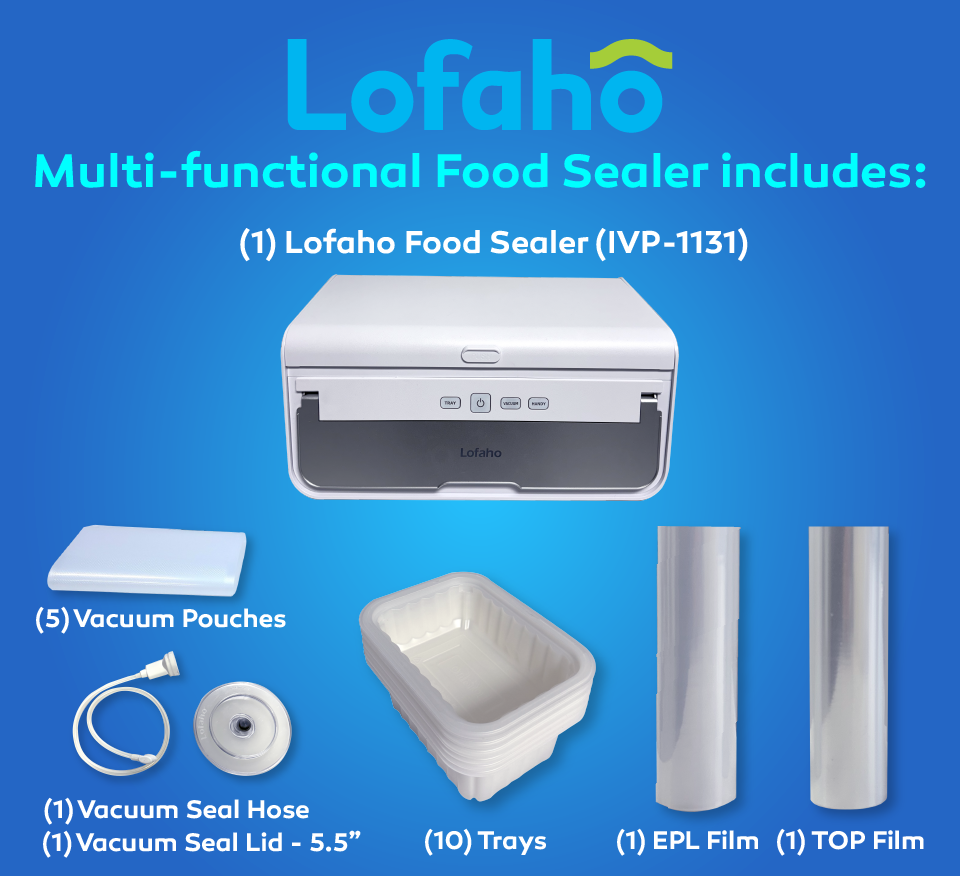Not All Foods Were Created Equal
Vacuum sealing food can help lengthen its shelf life by 3 to 5 times. Perishable food shouldn’t stay in a vacuum sealed bag in the open for more than 2 hours because it will begin to spoil. The bacteria that cause it to spoil are still there after sealing. For refrigerated foods most can last 1 to 2 weeks while frozen ones 6 to 12 months.
Sealed items can be stored in the freezer, refrigerator or pantry. Besides dry goods such as pasta, cookies, nuts and flour vacuum sealed foods like meats and vegetables still need to be placed in a refrigerator or freezer. They will spoil just like unsealed foods out in the open.

Foods That Can Be Easily Vacuum Sealed
Meats. Buy meats in bulk cut into smaller pieces and store away. This makes it an easy way to have meat already prepped and ready to cook.
Not only can meat be sealed off for preservation but it’s a great way to marinate your meat. A lot more of the flavor will infuse into the meat if you vacuum seal in the marinade rather than just leaving the meat in a bowl or bag of marinade overnight.
Dry Goods. Pasta, cereals, granulated sugar, dehydrated foods, white flour, ground coffee, and grains will be kept from going stale and from any bugs from getting in like it would if left for long periods in a pantry.
Liquids. A tip to freezing liquids such as sauces, soups or chili is to first freeze them into a solid before placing in bag. If your bag has the ability to stand upright you can pour in the liquids and hold your vacuum sealer above the bag. Make sure nothing leaks by placing a paper towel in the bag below its mouth.
Leafy vegetables. Give them a good dry or run them through a salad spinner before sealing.
Raw vegetables. Most vegetables should be cut up for easier storage. Chop up your zucchini, carrots, peppers, potatoes, and beets. Some vegetables like green beans and asparagus are fine to seal as is.
Herbs. Preserve the flavor of fresh herbs, make sure to dry them off just like leafy vegetables before sealing.
Avocado. Keep them from browning fast by removing the pit first and sealing up to use a few days later.
Pancakes. Place wax paper in between them to keep from sticking together.
Baking Goods. Assorted foods used in baking that don’t get much everyday use such as marshmallows, chocolate chips, white chocolate and nuts. Seal them up right in the bag they came in.
Cookies. Bake large amounts of cookies before a party and keep them freshly sealed until the event.
Bread. Just like with cookies bake large amounts of bread and enjoy at a later time.
Oil and vinegar. Seal both up in their bottles by placing inside a sealing bag.

Foods That Need Extra Preparation Before Sealing
Berries. Berries will easily get crushed under the pressure so they’ll need to be frozen before vacuum sealing. Place all your berries on a tray and make sure they have space so they don’t all freeze into clumps. It’ll take longer to thaw out and they’ll take up more room.
Larger Fruits. Cut up larger fruits like pineapples, melons, peaches, and pears into bite size pieces before sealing. It’ll also make it easier to thaw out if you freeze them.

Foods That Shouldn't Be Vacuum Sealed
There are some foods that shouldn’t be vacuum sealed because they can spoil faster. This is due to some foods containing anaerobic bacteria, which can grow without the presence of air. In the process of vacuum sealing all oxygen is removed. Without the presence of oxygen the anaerobic bacteria can easily grow.
Raw mushrooms. Mushrooms ripen faster when sealed. Cooked mushrooms are safe to seal however.
Fresh bananas. Bananas ripen very fast so if you have several laying around first peel them and freeze them before sealing. This makes it perfect to throw in a smoothie later on.
Soft cheeses. Cheeses like blue cheese, brie, camembert, ricotta and other soft and unpasteurized cheeses grow mold faster than if kept in the refrigerator.
Raw onion and garlic. They produce a gas that spoils these faster.
Freshly cooked or steamed vegetables. The heat coming off them can cause them to spoil. Wait until they are fully cooled.
Whole apples. Slice apples and coat with some lemon juice before sealing off to prevent browning.

Some vegetables belonging to the Cruciferae or Brassicaceae family give off a gas when stored so when they’re vacuum sealed this gas becomes trapped and spoils the vegetables faster. As a solution vegetables can be blanched before getting vacuum sealed. To blanche your vegetables get some water boiling, place the vegetables in for a moment, and then transfer to cold running water or an ice bath. Be sure to dry them thoroughly before placing in vacuum sealer.
- Arugula
- Bok choy
- Broccoli
- Brussel sprouts
- Cabbage
- Cauliflower
- Kale
- Kohlrabi
- Mustard Greens
- Napa cabbage
- Radishes
- Turnips

Food to Tray Seal
Tray sealing involves taking a container that’s included and compatible with the Lofaho Vacuum Sealer Machine. Place any foods you’d like inside the tray, make sure they’re fitting and not sticking out to prevent from a secure seal, and place inside the machine to seal. Then your food is ready to be stored away!
Meal prep for lunch or dinners. Make ahead lunch or dinner for the entire week and seal off for freshness. The Lofaho containers are easy to stack on top of each other in the refrigerator and take up less space than containers with lids would. The seal is transparent which makes it easy to see what meal you’re picking up if you made several different varieties of meals.
Fresh fruit. Cut up fruit into smaller bite size pieces and enjoy later without needing to go through the process of washing and prepping every time.
Vegetables. Just like with fruit chop up vegetables and have ready to go to cook with later in the week.
Sandwiches. Keep sandwiches fresh and not soggy like they would get inside a plastic sandwich bag.
Soup. Be assured your bowl of soup won’t get knocked over and spill with a secure film over it.
Cake and cupcakes. Don’t worry about the frosting and filling smearing like it would if you vacuum sealed the desserts.
Picnic foods. Fruit, sandwiches, dips and anything you want to take along. The seal will prevent anything from leaking and spilling, as well as been sleek and convenient to transport inside a picnic basket.

